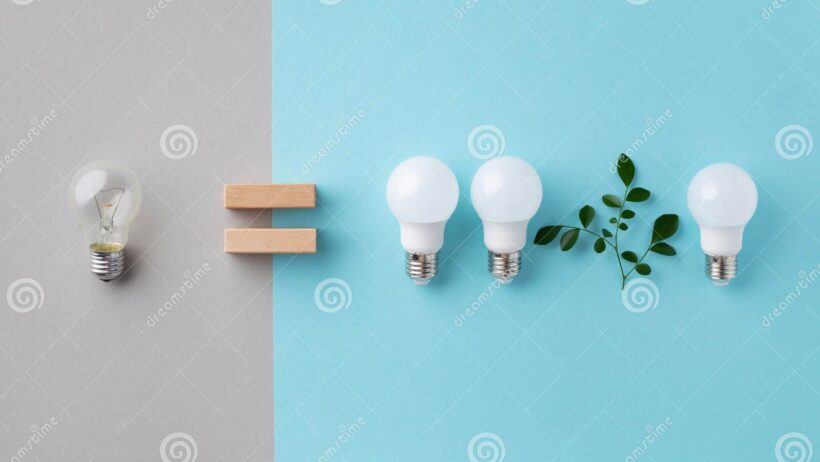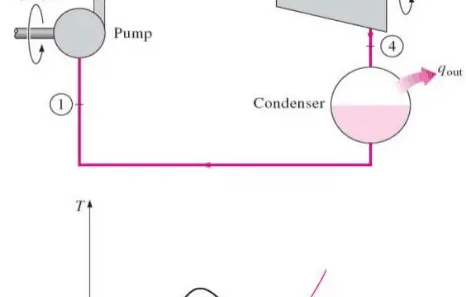In today’s world, energy conservation has emerged as a paramount objective, especially in light of escalating concerns regarding climate change and environmental degradation. One of the most effective measures homeowners can adopt to reduce their carbon footprint is transitioning from traditional incandescent light bulbs to LED (Light Emitting Diode) light bulbs. This article delves into the myriad ways LED light bulbs conserve energy and explores innovative ideas for creating a greener home through their utilization.
Understanding LED Technology
To appreciate the energy-conserving capabilities of LED bulbs, it is imperative to grasp the underlying technology. LEDs operate by passing electrical current through a semiconductor material, which emits light. This mechanism is starkly different from incandescent bulbs, which generate light through heating a filament. Consequently, LEDs exhibit a significantly higher luminous efficacy, meaning they produce more light per watt consumed.
Energy Efficiency Explained
One of the principal advantages of LED light bulbs is their exceptional energy efficiency. Unlike incandescent bulbs, which convert approximately 90% of energy into heat, LEDs waste very little energy. Typically, an LED bulb uses about 75% less energy than its incandescent counterpart. This efficiency translates not only to reduced electricity bills but also to a substantial decrease in greenhouse gas emissions associated with electricity generation.
Longevity: A Sustainable Choice
The lifespan of LED bulbs far exceeds that of traditional lighting options. While incandescent bulbs may last around 1,000 hours, LED bulbs can function for over 25,000 hours—or even longer—depending on usage and quality. This extended longevity curtails the frequency of replacements, thus mitigating waste generation and the environmental impact of manufacturing and disposing of lighting products. In essence, investing in LEDs is a sustainable choice that prioritizes durability alongside energy savings.
Reduced Heat Emission
Heat emission is another critical aspect where LED bulbs demonstrate superiority. As mentioned earlier, incandescent bulbs radiate vast amounts of heat, thereby raising ambient temperatures and necessitating additional cooling costs during warmer months. In contrast, LEDs emit minimal heat, making them more conducive to sustainable home environments. By keeping indoor spaces cooler, LEDs can contribute to reduced reliance on air conditioning, further lowering energy consumption.
Versatility and Design Innovation
The versatility of LED technology plays a pivotal role in its adoption. LED bulbs come in a wide variety of shapes, sizes, and colors, enabling homeowners to select options that beautifully accentuate their spaces. Whether for functional lighting in workspaces or ambient lighting in living rooms, LEDs can seamlessly blend into any home decor. Moreover, the advent of smart LED bulbs—equipped with features like dimming, color changing, and remote control capabilities—enables users to optimize their energy consumption further.
Cost-Effectiveness Over Time
While the initial purchase price of LED bulbs may be higher than incandescent options, the long-term financial benefits far outweigh the upfront costs. Given their exceptional energy efficiency and lifespan, homeowners can achieve significant savings on their electricity bills over time. Additionally, many municipalities offer rebates or incentives for energy-efficient upgrades, further reducing the financial burden associated with the transition to LED lighting.
Bright Ideas for a Greener Home
Transforming a home into a paragon of energy efficiency with LED technology can be achieved through various strategies:
- Replacing Incandescents Gradually: Homeowners can phase out incandescent bulbs by replacing them gradually with LEDs, starting with the most frequently used fixtures.
- Utilizing Smart Lighting Solutions: Embrace smart LED bulbs that allow programming and automation, enabling users to ensure lights are only on when needed.
- Employing Timers and Motion Sensors: Installing timers or motion sensors can drastically reduce energy consumption by ensuring that lights are off when spaces are unoccupied.
- Opting for Outdoor LEDs: Choose LED fixtures for outdoor lighting. Their durability and energy efficiency make them ideal for illuminating pathways, gardens, and security lighting.
- Designing with Layered Lighting: By incorporating various lighting layers using LEDs—ambient, task, and accent—homeowners can create well-lit spaces that enhance functionality while conserving energy.
- Educating Others: Share the benefits of LED technology with friends and family to promote wider adoption and understanding of energy-efficient practices.
Conclusion
In conclusion, the transition to LED lighting represents a pivotal step toward a more sustainable and environmentally-friendly home. Through their remarkable energy efficiency, long lifespan, minimal heat emission, and versatility, LED light bulbs stand at the forefront of energy conservation efforts. By embracing LED technology, homeowners can not only reduce their energy consumption and carbon footprint but also contribute positively to combating climate change. Transitioning to LEDs allows for a brighter, greener future—one light bulb at a time.








